In the process of beneficiation of lead-zinc ore, the ores often contain both sulfide ores and oxidized ores. How to effectively separate and extract these valuable minerals has become a key problem in the ore dressing process. In recent years, with the continuous advancement of mineral processing technology, flotation processes for various lead-zinc ores have been developed and have achieved remarkable results in practical applications. This article will discuss the sequential flotation processes of several common lead-zinc sulfide ores and oxide ores, as well as the characteristics, advantages and application conditions of the mixed flotation process.
Use the table of contents below to navigate through the guide:
01Sequential flotation of lead-zinc sulfide and oxide ores
This separation process can be divided into three types: sequential flotation of lead sulfide-lead oxide-zinc sulfide-zinc oxide, sequential flotation of lead sulfide-zinc sulfide-lead oxide-zinc oxide, and sequential flotation of lead sulfide and easy-floating lead oxide-zinc sulfide-zinc oxide. The following introduces the characteristics of these three sequential flotation processes.
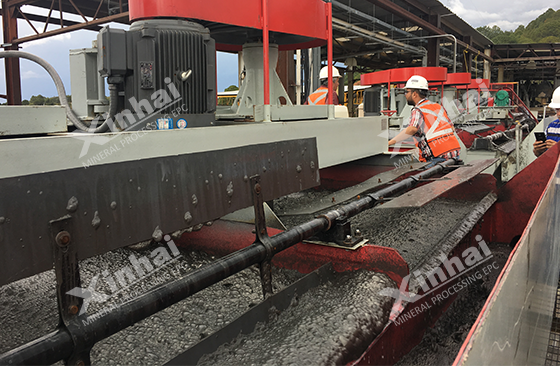
The first process: the reagent system must be strictly controlled, and the amount of reagents used is large, the flotation index is not high, and it is only suitable for processing ores with high ore grade and low oxidation rate.
The second process: This process first floats zinc sulfide and then floats lead oxide. Compared with the process of first floating zinc oxide and then floating zinc sulfide, this method can avoid the strong inhibition caused by the use of sodium sulfide when floating lead oxide, so it is easier to activate zinc sulfide and improve the grade and recovery rate of zinc concentrate. When flotating lead oxide later, it is not interfered by zinc sulfide, which helps to reduce the zinc content in lead oxide concentrate and improve the recovery rate of lead. However, when the oxidation rate of lead is high, since a part of the easily floating lead oxide minerals will float up when flotating zinc sulfide, this may not be conducive to reducing the lead content in zinc concentrate. Therefore, this process is more suitable for processing ores with low ore grade and not too high oxidation rate.
The third process: It not only has the advantages of the second process mentioned above, but also can solve the problem that part of the easily floating lead oxide floats up when selecting zinc sulfide. Lead oxide ore can be flotated in three stages due to its floatability. The floating of easily floating lead oxide before zinc sulfide can greatly reduce the lead content in zinc concentrate. This process is more reasonable and has higher mineral processing indicators.
The xanthate collector flotation method is used to treat sulfide ores, while oxide ores need to be sulfided with sodium sulfide first and then flotated with xanthate collectors.
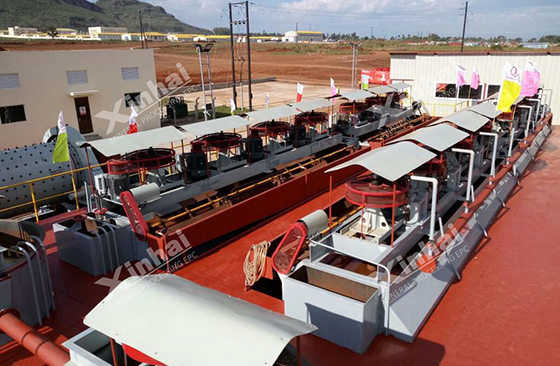
02Mixed flotation of lead-zinc sulfide ore and oxide ore
This flotation process is to first use xanthate collectors to flotate to obtain lead-zinc sulfide ore concentrate, and then separate lead and zinc through conventional separation processes. Next, fatty acid collectors are used to float the oxidized lead-zinc ore to obtain a mixed rough concentrate, and then the lead-zinc oxide ore is separated by sulfuric acid leaching. Before this, reverse flotation can be performed to further improve the grade of the lead-zinc concentrate. This process does not require desludging, and the reagent system and process control are relatively simple, which can achieve a high recovery rate. However, during the acid leaching process, the equipment is easily corroded, resulting in high costs. This type of ore is characterized by a high lead-zinc oxidation rate, lead sulfide and lead oxide can be floated at the same time, the main minerals include cerussite, galena, pyrite, hemimorphite and sphalerite, and the gangue minerals are quartz, barite, calcite and a small amount of fluorite.
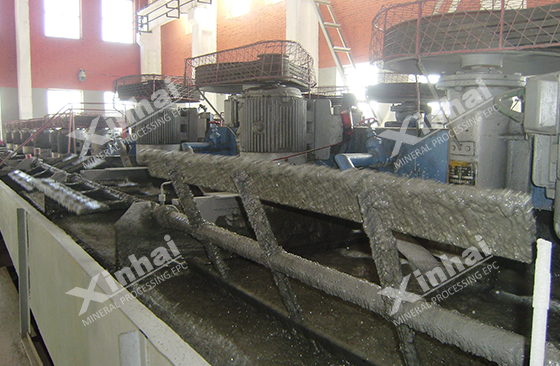
03Mixed flotation of lead-zinc sulfide and oxide ores
This process can be used to treat low-grade lead-zinc ores with variable components. First, flotation with fatty acid collectors is used to obtain single sulfide and oxide concentrates respectively. The sulfide ore is separated by conventional flotation, while the oxidized lead-zinc ore is separated by water treatment and electrolysis. Specifically, the oxidized lead-zinc ore is first leached with sulfuric acid, and then zinc is separated from the sulfuric acid solution by electrolysis, and zinc is precipitated at the anode during the electrolysis process. The residue of the leaching solution is then floated with xanthate to obtain lead concentrate.
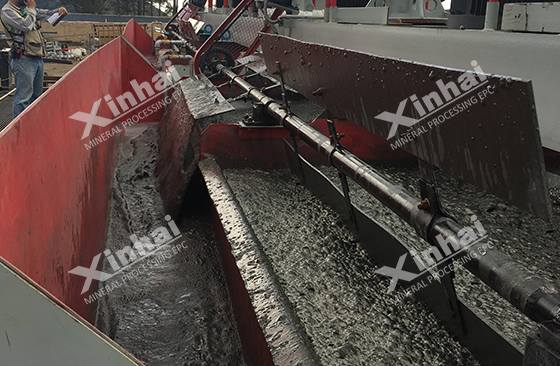
This process reduces the auxiliary equipment required for flotation, reduces the amount of flotation agent used, and can obtain higher separation indicators. It is suitable for treating low-grade lead-zinc sulfide and oxide ores. However, the acid leaching and electrolysis links in this process are costly, and the equipment corrosion problem needs to be solved in advance.
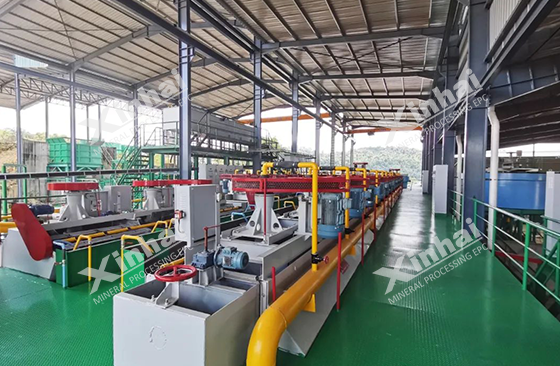
In summary, the above is a brief introduction to the different flotation processes of lead-zinc sulfide ores and oxide ores. Based on the above content, we can know that each flotation process has its own advantages and disadvantages, and needs to be selected according to the specific properties of the ore and processing conditions. Whether it is sequential flotation or mixed flotation, the optimization of various processes not only helps to improve the recovery rate and concentrate grade of lead-zinc ore, but also reduces production costs to a certain extent. However, in actual production, the selection of process flow must comprehensively consider factors such as equipment corrosion and reagent costs to maximize the benefits of mineral processing. Through continuous technical improvements and practical exploration, these flotation processes will play a greater role in the efficient utilization of lead-zinc ore.


 marketing@ytxinhai.com
marketing@ytxinhai.com  0086 13810327080
0086 13810327080 






































































































 CHAT
CHAT MESSAGE
MESSAGE







